N739BN – 1978 CESSNA 172N aka “Skyhawk”
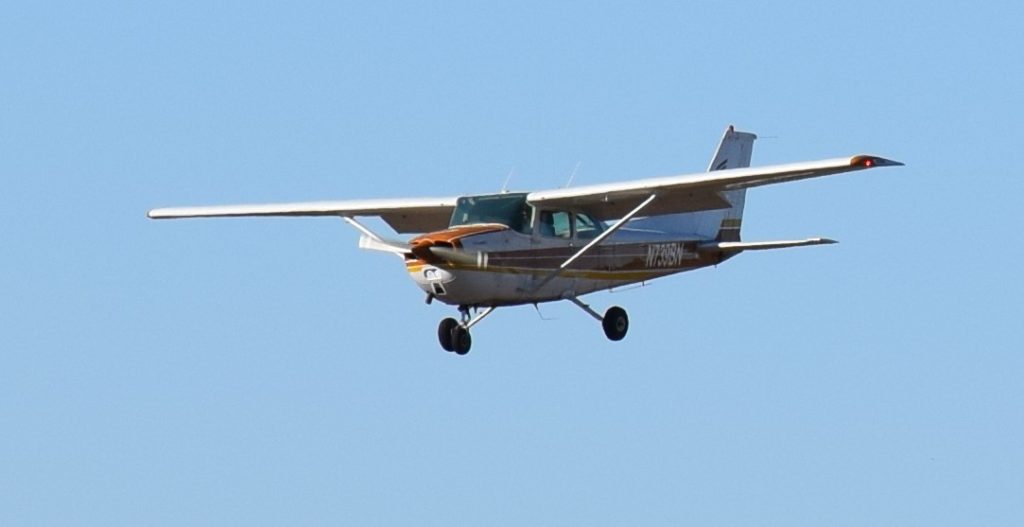
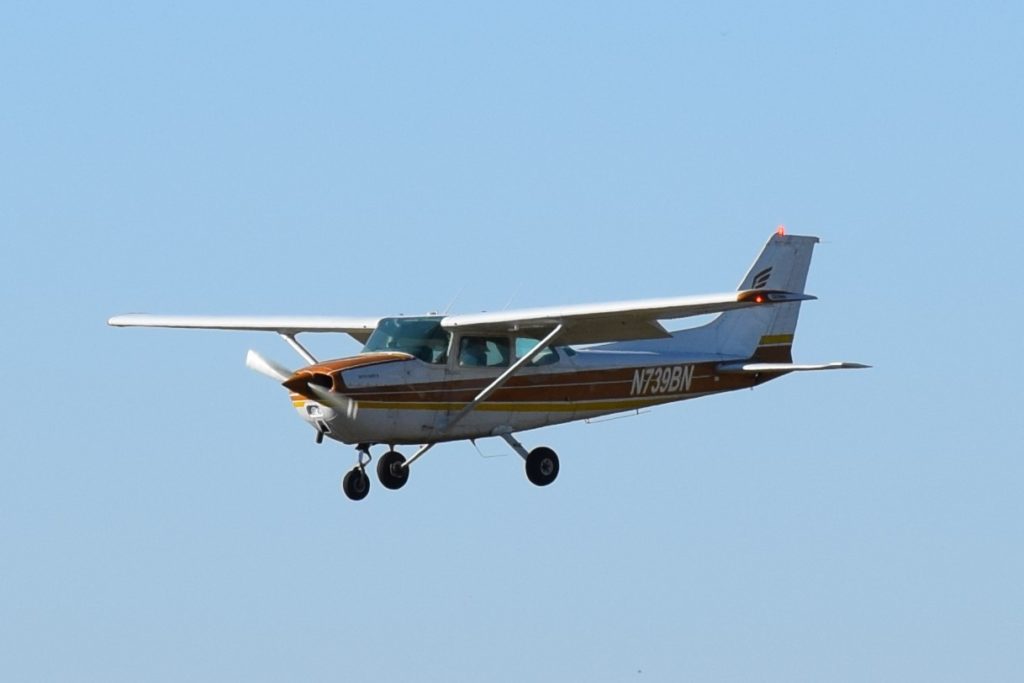
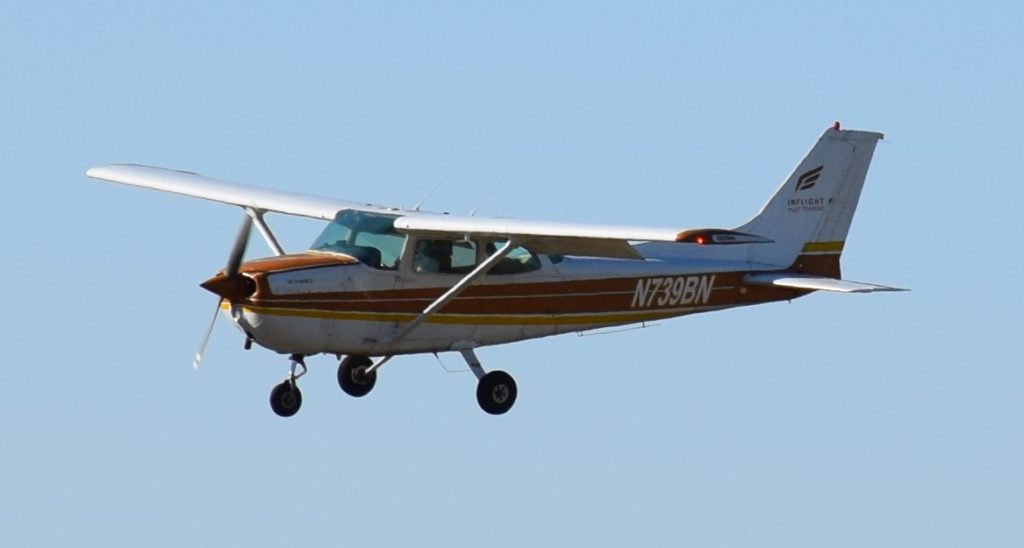
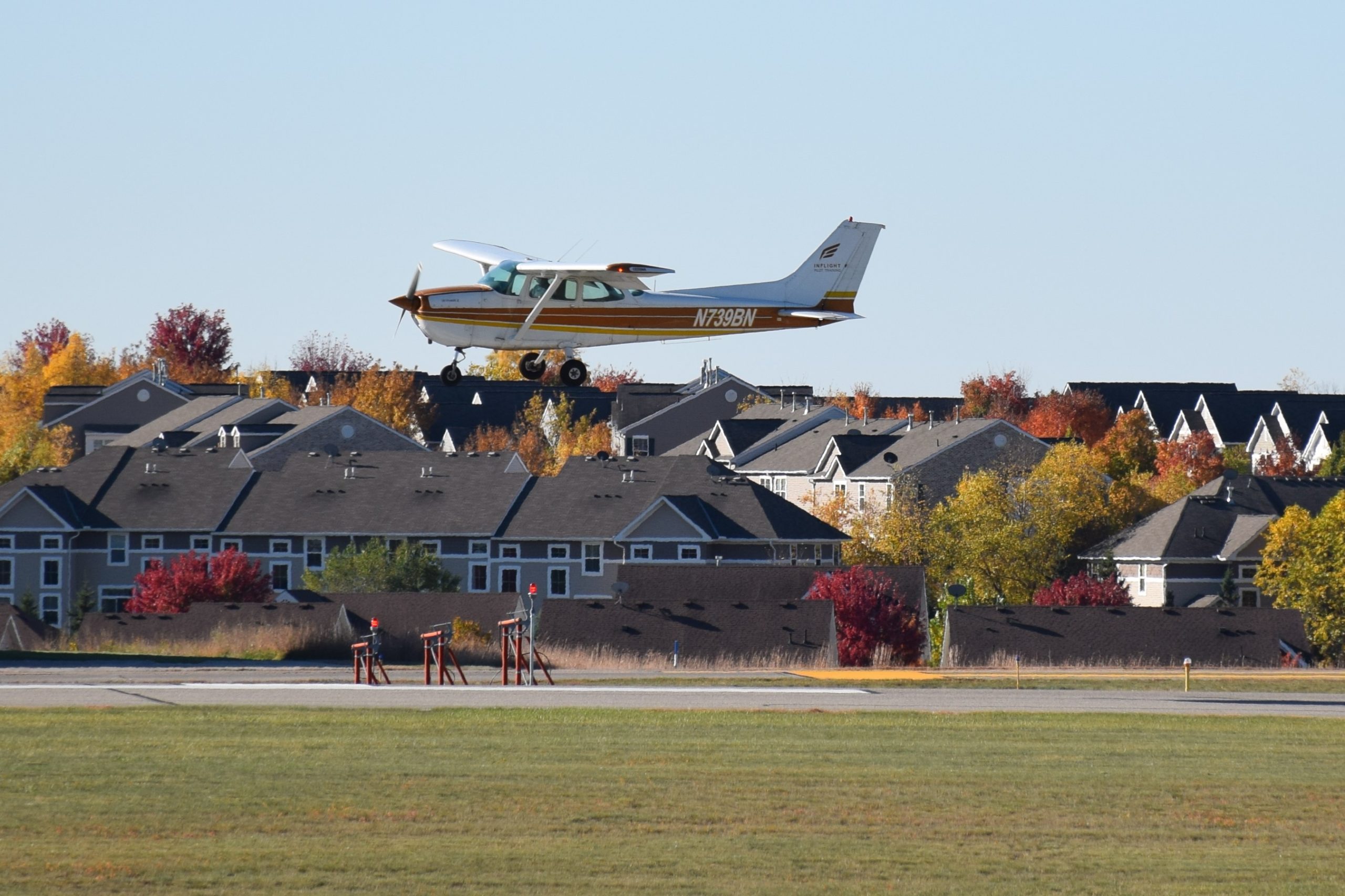

N739BN – 1978 CESSNA 172N aka “Skyhawk”





Названия птиц, которые выглядят смешно если их применить к человеку
Ну и не из птиц:
Индия
( статья не закончена )
фотки тут: http://gallery.vladilen.com/index.php/Photo/2012_India
О нашем самостоятельном путешествии в Индию 04.03.2012 – 18.03.2012
Были в Индии первый раз. Путешествовали 2 недели, самостоятельно. Впечатления вцелом положительные.
Маршрут такой:
Алматы-Дели самолётом Air Astana
Дели-Мумбай самолётом Air India
Мумбай-Гоа поездом
Гоа-Джайпур самолётм SpiceJet
Джайпур-Агра автобусом
Агра-Дели автобусом
Дели-Алматы самолётом Air Astana
На Гоа были на
пляж Вагатор,
города Мапуса, Панжим, Старый Гоа, Маргао,
пляж Палолем,
пляжи Полем, Агонда проездом
Аэропорт Даболим
Readers of an older generation may recall Soviet-era posters featuring workers from three different races, or sometimes, three children—one blond European, another a black African, and the third a narrow-eyed Chinese child. These distinct types were also depicted in textbooks on biology, geography, and history. The image of the blond, the black, and the Chinese child was firmly ingrained in the public consciousness, reinforcing the notion that there are three races in the world. This understanding remains widespread—Russians as Caucasians, Kazakhs as Mongoloids, and Africans as Negroids.
However, I am not entirely certain that those who acknowledge the existence of these three human races can easily categorize individuals into these specific racial groups. Consider, for instance, dark-skinned and black-haired Indians or black-haired yet light-skinned Greeks. They don’t fit neatly into the categories of blacks, blond Europeans, or narrow-eyed Chinese. Where should Greeks be classified? And what about Indians? To which race do they belong?
Once upon a time, during my school days, I posed a similar question. Turning to the encyclopedia for answers, I discovered that the three well-known human races are referred to as major or primary races. Additionally, there are numerous smaller races, sometimes significantly distinct from one another yet affiliated with the major races. Surprisingly, Indians, along with Finns, Germans, Arabs, Caucasians, Balkans, Slavs, and others, are identified as part of the large Caucasian race. This classification suggests more anthropological similarities among these groups than differences, even though such similarities may not always be immediately apparent to the ordinary observer.
Delving deeper into my research, I developed a keen interest in the morphological differences among the smaller races. This exploration led me to the discovery of the Indo-Mediterranean race, encompassing inhabitants of Southern Europe, North Africa, Iran, and Northern India. Another fascinating revelation was the Baltic race, consisting of fair-haired Northern Europeans. Equally intriguing was the realization that our southern neighbors, Tajiks and Uzbeks, belong to the Pamir-Fergana race, which is also part of the large Caucasian race.
The Mongoloid race, on the other hand, is itself heterogeneous, incorporating smaller races such as the Arctic (Eskimos, Chukchi), Far Eastern (Northern Chinese, Koreans), and Malayan (Southern Chinese, Malays, Filipinos, Indonesians) races.
Finally, one of the most intriguing things I discovered during that time was the existence of a small race referred to by scientists as the South Siberian or Turanian race. The Soviet Encyclopedic Dictionary describes it as follows: ‘The South Siberian race (Turanian race) occupies an intermediate position between the Caucasoid race and the Mongoloid race, with Mongoloid features predominating. It is distributed in Kazakhstan, Central Asia, Altai, and Mongolia.’ This revelation indicates that Kazakhs are neither purely Mongoloids nor Caucasians but rather belong to the intermediate Turanian race.
My childhood curiosity uncovered a fact that initially surprised me. Nowadays, this fact is even documented in school textbooks, and it no longer elicits surprise. Furthermore, few people seem to pay attention to the mixed origin of the Kazakh ethnic group, though I find this topic particularly fascinating.
Kazakhs do not fall strictly within the categories of either the Mongoloid or the Caucasian race. Take a look at this portrait; while there are some Mongoloid characteristics present, they are not predominant. Even if certain Mongoloid features are discernible, does this person resemble a Mongolian or a Chinese individual? Not at all. It’s evident that the person in the photo is Kazakh. Observing the faces of passers-by on the street, it becomes clear that not all Kazakhs exhibit prominent Mongoloid traits; the appearance of the majority is mixed. The photographs in this section, for the most part, aim to illustrate the diverse origins within the Kazakh ethnic group
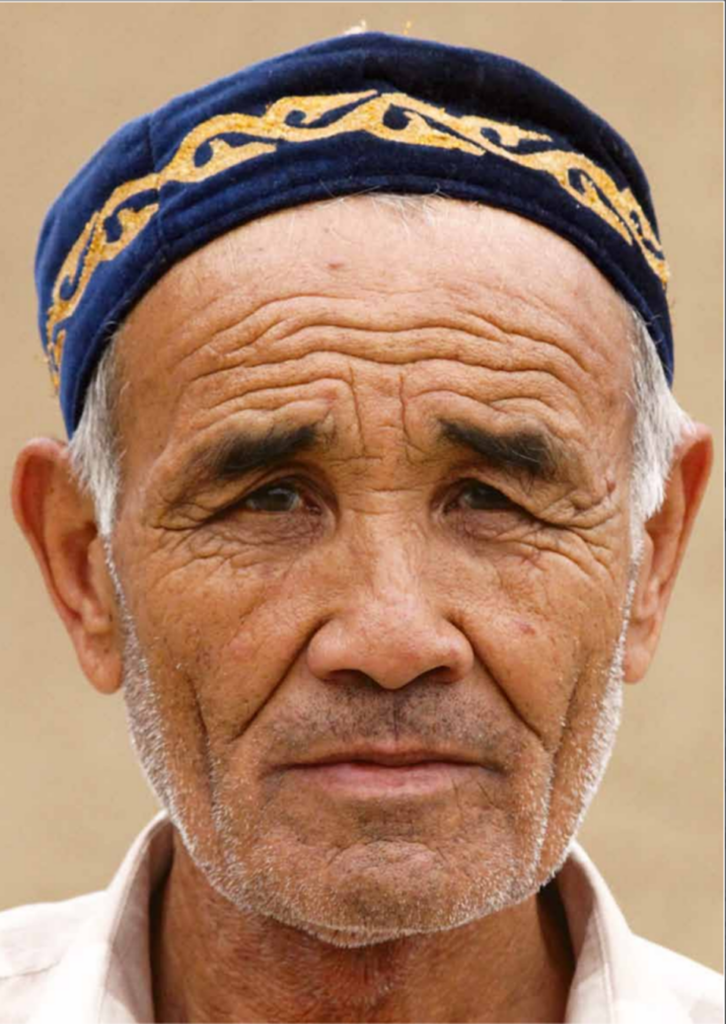
Tribe: Batyr, Sirgeli (Senior jüz).
Location: Saryagash District, Turkistan Region, Kazakhstan
In the realm of humanitarian sciences like anthropology, a universally accepted rigid classification isn’t the norm. For instance, contrary to some theories that propose three major races (Caucasian, Mongoloid, Negroid), others posit five, including Australian Aborigines and American Indians as distinct large races. Consequently, a universally recognized classification of smaller races is also elusive.
Among Western anthropologists, many classifications—numbering around several dozen—exist. They categorize Central Asian inhabitants under an anthropological type known as Turanids. This classification sees Turanids as an anthropological type originating from a Caucasoid base with a layered Mongoloid element. According to Western anthropologists, part of Turanids, through intermingling with Mediterraneans, formed Pamirids (modern-day Tajiks and Uzbeks). Another segment of Turanids, mixing with Tungids (classical Central Asian Mongoloids), gave rise to Aralids (contemporary Kazakhs). Some classifications place Turanids within the Caucasian race, suggesting a precursor to the current South Siberian race, while others categorize them as Mongoloid. Most commonly, both Western and Soviet scientists view Turanids as an intermediate anthropological type.
Initially, the grouping of all Central Asian inhabitants into a single anthropological type may seem inaccurate given their apparent external differences. However, a closer look reveals that many individuals could easily belong to any or at least several Central Asian nations. The anthropological boundaries between these groups remain blurred, suggesting more similarities than differences. Western anthropology, by identifying Turanids as a distinct type, seems to emphasize common traits over differences, characterizing Turanids as type shared across Central Asia.
In Russian discourse, the term “Turanids” is frequently used interchangeably with the “South Siberian race,” if so – excluding Central Asian Pamirid Caucasians (Tajiks) from this classification. This approach is a simplified adaptation of Western terminology with Soviet anthropological standards, perhaps driven by the convenience of saying “Turanid” rather than “representative of the South Siberian race.” Despite this, it’s crucial to note that Turanids were originally conceptualized as a collection of types common to Central Asian peoples.
There is a distinct type that I refer to as “common Central Asian.” Individuals embodying this type are readily identifiable as belonging to our own in any or at least most of the Central Asian republics. They typically exhibit a sculpted elongated face, a prominent nose, often thick eyebrows, narrow eyes, and dark skin. Interestingly, this aligns precisely with the anthropological type termed “Turanids” by Western anthropologists.
A person on a picture below
Tribe: Elubai, Sirgeli (Senior jüz).
Location: Saryagash District, Turkistan Region, Kazakhstan

Kazakhs are classified within the anthropological spectrum, positioned between two major racial categories. The prevalent societal perception of Kazakhs as Mongoloids can be attributed to a combination of objective factors and historical conditioning.
The objective rationale behind this perception lies in the overall Asian background of the Kazakh population, where Mongoloid features tend to be more prominent. While there is a diverse range of appearances among Kazakhs, including individuals with very light hair, the majority exhibit dark hair. A common trait among Kazakhs is the narrow eye shape, with some having extremely narrow eyes. However, it is not uncommon to find Kazakhs with distinctly European eye characteristics.
The varied physical attributes of Kazakhs, such as high cheekbones and coarse black hair, contribute to the overall Mongoloid impression. The anthropologist O. Ismagulov notes that, on average, the Kazakh ethnic group consists of approximately 70% Mongoloid and 30% Caucasian elements. This implies a prevalence of Asian characteristics, yet the presence of Caucasian features is not negligible.
Observing each individual Kazakh closely reveals a mixed heritage, with a discernible blend of Mongoloid and Caucasian traits. Despite the subtle variations in physical features among Kazakhs, the collective impression tends to lean towards a Mongoloid classification, influenced by characteristics like high cheekbones, dark hair, and relatively narrow eye shapes, even though these features are not universal among all Kazakhs. That is, with the implicit Mongoloid character of each individual, in general the Kazakhs seem to be Mongoloids.
The second reason why both we ourselves and others perceive us as Mongoloids appears to be influenced by a psychological factor intertwined with historical processes. The belief is rooted in the notion that ancient nomadic tribes of Central Asia exhibited a distinctly Mongoloid appearance. This stereotype extends to all Asian nomadic groups, encompassing the Huns, Scythians, Cumans, and other lesser-known tribes. The prevailing image of a nomad is one characterized by slanted eyes, high cheekbones, and a flat face.
This perception of nomads is perpetuated through artistic representations, shaping societal perspectives. Consider, for instance, Alexander Blok’s depiction of the “slanting eyes” of the Scythians or the portrayal of the Huns in the film “Night at the Museum,” resembling the modern Mongols. The prevailing belief is that an Asian nomad must exhibit distinct Mongoloid features. Given that Kazakhs are the descendants of Asian nomads and unconsciously associate themselves with historical nomadic groups like the Huns, Kipchaks, and Tatar-Mongols, there’s a subconscious expectation to resemble modern Mongols.
This historical habit reinforces the already noticeable Mongoloid characteristics in Kazakhs, overshadowing the 30% of Kazakh Caucasian identity. The psychological factor and the general historical background, in a complementary and aggravating manner, contribute to the habitual perception of Kazakhs as indistinguishable from Mongols. Even if a Kazakh possesses a completely Caucasian physical appearance, when questioned about their race, there is a high likelihood that they will habitually identify themselves as Mongoloids.
It is commonly held that all Central Asian nomads, including the Huns, Scythians, Tatar-Mongols, and others, were characterized by a distinct Mongoloid appearance. This perception extends to the Kazakhs as well. Consider the man portrayed in the image; he exhibits few Mongoloid features, with light eyes, an elongated face, and a non-flat nose—traits that deviate from the stereotypical Mongol appearance. Despite his atypical features, he is an ordinary Kazakh, a representation of the diversity within the Kazakh population. However, if asked about his racial identity, there is a high likelihood that he will respond with “Mongoloid.” This tendency reflects the power of habit and ingrained thought patterns— a stereotype deeply embedded in the collective consciousness. Both society at large and individuals within it, including our neighbors and ourselves, tend to perceive Kazakhs as Mongoloids. Yet, this perception does not align with the reality of the diverse physical characteristics present within the Kazakh population.

=============================================
Please stay tuned, as translation is in progress…
=============================================
Previous – Anthropology of the Kazakhs – Foreword
Next – Anthropology of the Kazakhs – Chapter 2 – ORIGIN
As far as I know, the book was written in 2011, but not published. But the subject and content of the book – both – pictures and text – seem unique and very important. It would be unfair for such amazing work to be gone. So I decided to publish it in the original language and in English.
Here is the book.
by Askar Isabekov
Kazakhs often identify themselves as Mongoloids, yet simultaneously, they readily distinguish themselves from other representatives of the Mongoloid race. Conversely, other ethnic groups also classify Kazakhs as Mongoloids but can easily differentiate them from Koreans or Chinese. Why is this the case?
If a Kazakh lacks narrow eyes, or dark hair, or he possesses a prominent nose, fellow Kazakhs might claim that the individual doesn’t resemble a typical Kazakh. Strikingly, such “unlike Kazakhs” constitute maybe half of the entire ethnic group. Why is this so?
While the majority of Kazakhs have dark hair, there are instances where a child is born with blond hair and blue eyes in a family of black-haired and black-eyed Kazakhs. Remarkably, this occurrence doesn’t elicit surprise or attention. Why is that?
Similar types, reminiscent of Kazakhs, are found among Latin Americans, and also among mixed Asian-European Metis, like those resulting from unions between Koreans and Russians. Why does this similarity persist?
I once knew a Kazakh nicknamed “German” because of his appearance resembling that of a German. Kazakhs exhibit a broad spectrum of appearances—from those resembling Chinese or Mongols to others indistinguishable from Turkmen, Iranians, Tatars, or Russians. Why such diversity?
The fundamental answer to these “whys” lies in the formation of the Kazakh ethnic group through the intermingling of tribes with different origins. However, this answer begets new questions—What were these tribes? Do they align with present-day Kazakh tribes? Do Kazakhs from different jüzes (zhuzes) differ? Do different Kazakh tribes trace their origins differently? These questions, complex in nature, require detailed exploration, a task this book endeavors to fulfill.
Comprising concise articles on scientific and pseudo-scientific facts, versions, hypotheses, and reflections related to the anthropology of the Kazakh ethnic group, this book may appear somewhat fragmented. Nevertheless, I hope these articles collectively construct a coherent picture.
The second component of this book features portraits of Kazakhs embodying the ethnic group. Not relatives, or some event participants, or representative of some profession, but simply Kazakhs randomly selected from different regions and villages. These photographs aim to portray the overall anthropological identity of the Kazakh ethnic group as it stands today.
Readers can approach the text as a commentary to the photographs or perceive the photographs as illustrative material for the texts—whichever resonates more. As the author, I aspire that both components—articles and photographs—harmoniously complement each other, presenting a unified experience for the reader.Determining the genre of this book proves challenging for me. I wrote it in line with contemporary styles—concise yet comprehensive, capturing the essence while not overlooking crucial details. This modern approach to presenting information gives rise to non-standard, challenging-to-classify genres and styles that resonate well with audiences today. Creating this book was a delightful and engaging process for me, and I hope readers find it just as enjoyable and effortless to read.
При написании книги “Антропология казахов” Аскар Исабеков использовал:
• Оразак Исмагулов «Население Казахстана от Эпохи Бронзы до Современности (Палеоантропологическое исследование)»
• С. Г. Кляшторный, Т. И. Султанов «Казахстан. Летопись трех тысячелетий»
• Н. А. Аристов «Заметки об этническом составе тюркских племен и народностей и сведения об их численности»
• Н. А. Аристов «Опыт выяснения этнического состава киргиз-казаков Большой орды и каракиргизов на основании родословных сказаний и сведений о существующих родовых делениях и о родовых тамгах, а также исторических данных и начинающихся антропологических исследований»
• Хэ Цю-тао «Шофанбэйчэн» «Исследование о племени усунь»
• С. И. Руденко, Л. Н. Гумилев «Археологические исследования П. К. Козлова в аспекте исторической географии»
• Л. Н. Гумилев «Эфталиты и их соседи в IV в.».
• Л. Н. Гумилев «Древние тюрки».
• Л. Н. Гумилев «Тысячелетие вокруг Каспия».
• Л. Н. Гумилев «Три исчезнувших народа».
• В. П. Юдин «О родоплеменном составе могулов Могулистана и Могулии и их этнических связях с казахами и другими соседними народами»
• Л. Н. Гумилев «Динлинская проблема. Пересмотр гипотезы Г. Е. Грумм-Гржимайло в свете новых исторических и археологических материалов»
• А. Н. Бернштам «К вопросу о происхождении киргизского народа»
• Л. Н. Гумилев «Таласская битва 36 г. до н.э.»
• Л. А. Боровкова «Царства «Западного края» во II-I веках до н.э»
• Геродот «История»
• С. Коржавин «Роль калмыков в формировании генетического портрета казахского этноса. Опыт имитационного моделирования исторического развития популяций»
• С. Г. Агаджанов «К этнической истории огузов Средней Азии и Казахстана»
• А. А. Бушков «Россия, которой не было – 3. Миражи и призраки»
• К. А. Пензев «Русский Царь Батый»
• К. А. Пензев «Арии древней Руси»
• М. И. Артамонов «Хазары и турки»
• Р. А. Абдуманапов «К вопросу происхождения кыргызского племени кангды»
• Р. Винокур «Хазары»
• С. П. Толстов «По следам древнехорезмийской цивилизации»
• В. В. Бартольд «Киргизы»
• Л. Л. Викторова «Монголы»
• М. К. Жандыбаев «Историческое эссе: Джалаир Тараки Уйсун-теги и Чингисхан Тарак-теги»
• М. Тынышпаев «Генеалогия киргизказакских родов»
В начало: Антропология казахов (А.А. Исабеков 2011) – Оглавление
Иногда я смотрю на казахские лица на улице и думаю – что за ерунду придумали антропологи, а я еще вслед за ними эту ерунду повторяю. Очевидно же, что казахи монголоиды, в большинстве своем совершенно безо всяких примесей. Казахи – родные братья монголов! А в другое время, мой взгляд видит совсем другое, и мне кажется, что в казахах монголоидная примесь ну совершенно незначительна. И в такие моменты я думаю – ну как же можно перепутать казаха и монгола, совершенно очевидно, что казахи ближе к среднеазиатским народам, чем к монголам.
Помню, в юношестве меня удивили картинки-тесты, по которым определяли нарушение цветовосприятия. На тестах-картонках рисунки были составлены из кружочков разного цвета, наподобие картин Сёра или Синьяка, цвета кружочков подобраны так, что люди с нормальным цветовосприятием видят одно, а люди с нарушенным – другое. Например, одни видят круг, а другие квадрат. Тогда меня удивило, что разные люди, оказывается, видят мир в разных красках. Потом я часто был свидетелем, а ещё чаще участником споров типа: – Да мальчик же копия мать! – Ты, что, он же вылитый отец! Споры эти были всегда бесплодны, потому, что люди по-разному видят лица. А с возрастом я осознал, что и действия люди видят каждый по-своему. По прошествии времени люди описывают события так, как будто это были разные события в разных местах. Люди смотрят на мир разными глазами. И потому, глядя на одно и то же лицо, видят разные лица, один человек видит одни черты лица, а другой другие. Даже один и тот же человек в разные моменты жизни может видеть одно и то же разными глазами.

Из книги “Антропология казахов”, 2011.
Раздел 4 – Размышления
Разные глаза (люди по-разному видят)
Смешения этносов происходят в точности по тем же законам физики, по которым происходит смешение жидкостей. В точности по законам физики происходят диффузионные проникновения друг в друга у соседствующих этносов – чем дольше по времени, тем глубже проникновение и чем дальше от границы контата, тем меньше влияние соседей. Представим себе трубу с перегородкой посередине, с одной стороны которой находится обычная вода, а с другой – вода, подкрашенная марганцовкой. Если аккуратно убрать перегородку, то граница между обычной и подкрашенной водой станет вначале размытой, и эта размытость будет постепенно расширяться, но ближе к краям трубы вода еще долго будет оставаться – с одной стороны бесцветной, а с другой подкрашенной. При этом общий объем воды в трубе будет градиентно плавно менять цвет с розоватого на бесцветный.
Вот так же на этнической карте середины Евразии меняется монголоидность этносов – постепенно и равномерно. Если же в рассматриваемом примере с трубой, поддать давление со стороны подкрашенной воды, то смешение будет происходить интенсивнее, и потому проникновение в другую часть трубы будет идти быстрее. Но если бы перегородка оставалась на месте, то как давление не увеличивай, никакого смешения бы не было. Перегородка – это барьер не позволяющий двум объемам воды смешиваться, в жизни такими перегородками служат границы – либо жесткие государственные границы, либо табу на межэтнические браки. Но стоит убрать границу или же объединить этносы в один, то смешение тотчас начинает происходить, потому что в пределах одного государства или единого этноса (а часто это по существу одно и то же) всегда активизируются и поощряются властью процессы ведущие к моноэтничности. При этом крупные единицы увеличиваются, мелкие же могут быть ассимилированы вплоть до полного исчезновения.
Во времена Советского Союза волей-неволей все подвергались русификации, то есть русский этнос, как самый крупный распространялся повсюду и естественным путем ассимилировал другие этносы. Но было бы неверно говорить, что только русский этнос распространялся повсюду, представители всех наций и народностей активно перемещались в пределах всего государства, при этом метисация становилась вполне естественным явлениям. Если бы СССР продолжал существовать еще лет 200, то единая общность под название «советский народ» обрела бы не только декларируемые формы. Похожие процессы происходят сейчас в Казахстане – идет казахизация, это точно такое же стремление к моноэтничности, как и создание «советского народа». Если вернуться к примеру с трубой, то можно представить себе, что в трубу вставили сразу несколько перегородок, то есть разделили на несколько независимых отсеков. И теперь в каждом отсеке диффузионные процессы происходят независимо от других отсеков, но суть их одна и та же – добиться равномерности путем смешения. Но стоит только объединить два отсека, как стремление к равномерности будет охватывать уже объединенное пространство.
Но как бы скоро не происходили диффузионные процессы, они в первую очередь охватывают пограничную область, лишь в последнюю очередь затрагивая периферию. И это еще при условии, что жидкости смешиваются легко, то есть являются по сути одной и той же жидкостью (водой), отличаясь лишь цветом. Если же жидкости не склонны смешиваться, как вода и масло, то хоть убирай перегородку, хоть не убирай, а граница как была, так и останется. Так и с этносами – если есть комплиментарность, то этносы будут смешиваться, если нет, то никакими силами не заставишь два этноса объединиться в один. Скорее даже наоборот – один всегда будет стараться превалировать над другим.
Комплиментарность кочевых этносов пускай и разного расового происхождения, очевидно, была, что и позволяло монголоидным группам свободно проникать на запад и на юго-запад, смешиваясь с местным населением. Но, вполне естественно, что с продвижением на запад интенсивность монголоидного влияния падала. Полагаю, что в XIII веке найманские племена были гораздо более монголоидны, чем живущие западнее кыпчаки-половцы. А объединение этих народов в едином Золотоордынском государстве обеспечило замкнутость и смешение уже внутри золотоордынского этноса. Понятное дело, что в средневековье граница между казахами и узбеками или между казахами и киргизами была условной.
Полагаю, что граница между оседлыми славянскими народами была еще более условной и этносы перетекали друг в друга плавно, то есть существовали какие-то группы населения, которые так и жили бы без определения своей этнической принадлежности, если бы их не заставляли определиться. Но границы поставлены – и территориальные и этнические, и потому люди (где-то даже вынужденно) разделились по этносам. Но все в этом мире подвержено движению, все меняется, и внутри этносов и государств всегда присутствуют как консервативные течения, так и стремления радикалов. Поменяются границы, появятся новые союзы государств, следовательно, появятся новые этносы. Смешение будет происходить всегда.

Из книги “Антропология казахов”, 2011.
Раздел 4 – Размышления
Смешения этносов